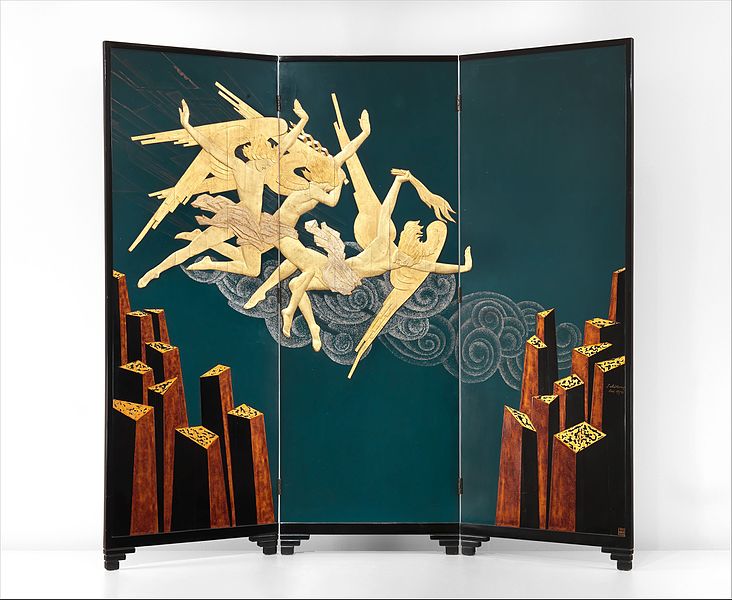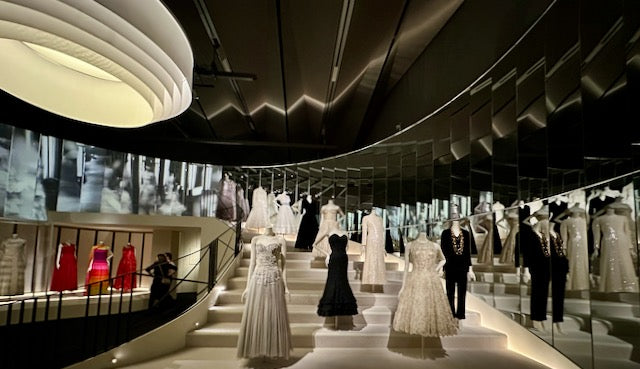Drawing inspiration from my summer travels in Japan, this month's Deco Diaries delve into how Japan's cultural richness indelibly shaped the late 19th and early 20th-century aesthetic movements, including Art Nouveau and Art Deco.

Vanity Fair Cover by Georges Lepape, 1910
Japan, a secluded nation for centuries, opened its doors to the West in the mid-19th century, sparking an obsession known as 'Japonisme'. The Japanese veneration for artisans and their art resonated with the French appreciation for exclusivity, deeply inspiring fashion, art, and design, and leading to the trend of "Orientalism" in Europe. An example of Japanese influence can be seen in the illustrations by influential Frech artist Georges Lepape, and in works by Toulous-Lautrec, Édouard Vuillard, and Pierre Bonnard.

Japanese Ukiyo-e Woodblock Print - “Hour of the Rat- Mistress” from the series Women’s Daily Customs (Fuzoku bijin tokei) Kitagawa Utamaro, 1790
The Allure of Japanese Prints and Art
Ukiyo-e woodblock prints fascinated Western artists with their vibrant colours, stylized compositions, and nature motifs. These influences seamlessly blended with Art Deco's geometric designs, bold forms, and organic motifs.

Japanese Ukiyo-e Woodblock Print - Tōshūsai Sharaku, 1794

Moulin Rouge - La Goulue, Henri Toulouse-Lautrec
Design Fusion: Minimalism and Opulence
Japanese minimalism's elevation of everyday objects into art resonated with Art Deco's clean lines and elegance. This fusion paired with opulent materials like precious metals and exotic woods created the hallmark opulence of Art Deco.

The intertwining of Japan's heritage with Art Deco's elegance continues to captivate. This fusion of artistry, minimalist principles, and opulent elements showcases the enduring allure of cross-cultural inspiration.

A gold buckle set with diamonds and carved onyx, lapis lazuli, jade, and coral, by Boucheron 1925 (Museum of Decorative Arts, Paris)



